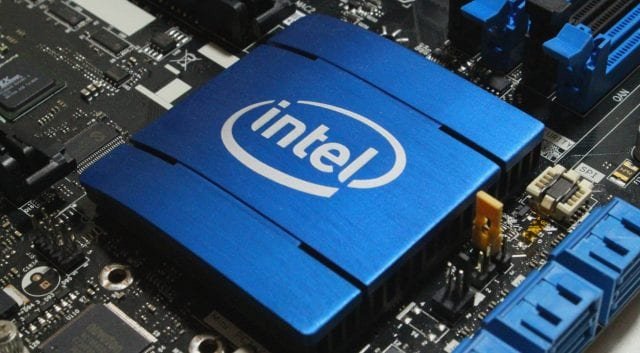Chip Shortage To Last Until 2023: Intel, Nvidia, TSMC All Believe

If several large chip manufacturers have their way, the massive bottlenecks in the industry will not change in the coming months. TSMC, Intel and Nvidia believe that the chip shortage could even last until 2023.
As the new Intel CEO Pat Gelsinger recently announced in an interview with the Washington Post, the US manufacturer assumes that the capacities of the chip manufacturers and their affiliated suppliers will remain exhausted in the long term.
It will probably take “a few more years” until the bottlenecks are overcome, according to Gelsinger’s extremely pessimistic assessment. With these statements, however, one should bear in mind that Intel is currently working to secure extensive support for the construction of new chip production facilities in the USA so that one naturally benefits from it if the impression arises that the problems will continue.
Nvidia Gives Hope, TSMC Curbs Expectations
At Nvidia, the last time they were quite confident when the company announced its latest business figures a few days ago. CFO Colette Kress explained that Nvidia is assuming sufficient availability after the 1st quarter of 2022, through which further growth in sales and profit can be achieved. For the rest of the year 2021, however, Nvidia is also largely certain that demand will far exceed supply.
TSMC, the world’s largest contract manufacturer for processors of all kinds, which also produces Nvidia chips, was also pessimistic a few days ago. It is hoped to be able to provide more capacities from 2023 in order to better serve the demand. Nvidia can probably only benefit from prioritization by TSMC, while the general situation in chip production could remain extremely tense for up to two years. The investments TSMC announced earlier could also take time to speed up things.
Read More: Realtek Also Facing Bottlenecks Amid Chip Shortage
For some time now, not only have the chips themselves been poorly available but also the materials and equipment required for their production. The large suppliers of machines that are used in the largely automated chip production are hardly able to deliver and meanwhile have delivery times of up to a year and more. They lack exactly that good for which they build their systems: chips.
Digital marketing enthusiast and industry professional in Digital technologies, Technology News, Mobile phones, software, gadgets with vast experience in the tech industry, I have a keen interest in technology, News breaking.












